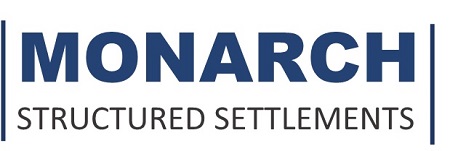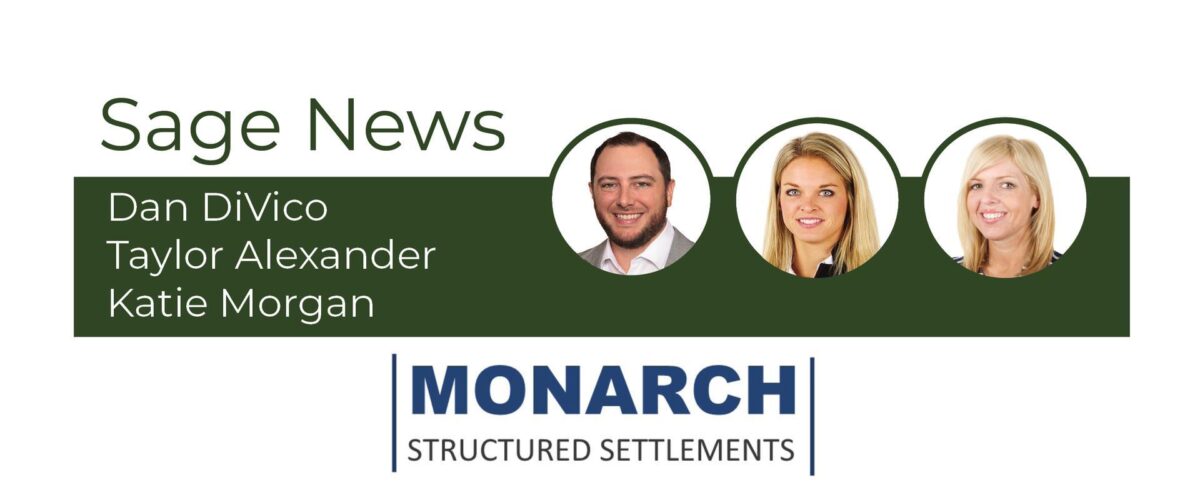Sage Settlement Consulting
Structured settlements provide claimants involved in certain types of cases with a valuable tool for financial stability. Unfortunately, there are a number of myths that may prevent claimants from considering this approach or worse, may prevent their attorneys from even recommending a structured settlement in the first place.
MYTH #1: Only minors, disabled adults, and claimants with large settlements should consider structured settlements.
All claimants, even those who do not have future medical needs or large settlements, deserve the opportunity to discuss all of their settlement options. Some claimants may want structured funds to supplement monthly income, or to use for future expenses, such as college or retirement. Many structured annuity carriers will write structures for settlements as low as $10,000.
MYTH #2: Structured settlement returns are dependent on market conditions.
Structured settlements are one of the safest, most stable investments on the market. The rate of return is locked in when the annuity is purchased, providing the claimant with a reliable investment, regardless of how the market fares.
MYTH #3: The return on a structured settlement will be less than that on a traditional investment.
While the claimant may not see a double-digit return on a structured settlement, they may still see a return outpacing that of a traditional investment. Structured settlements do not have the high overhead costs that come with traditional investments. Additionally, the funds in most structured settlements are not taxable. Funds placed in a traditional investment vehicle would need a higher pre-tax rate of return to match the rate of return on a structured settlement. In fact, taxable equivalent returns may be even higher in states where a state income tax is applicable (such as California, where the 2015 combined federal and state income tax topped out at 51.9%).
This table demonstrates the pre-tax rate of return that a traditional investment would need to earn in order to match the corresponding rate of return earned by a structured settlement annuity:
| Structured Settlement Fixed Rate of Return | Pre-Tax Rate of Return Needed to Match the Fixed Rate of a Structured Settlement | |||
| 3% | 4.00% | 4.48% | 4.62% | 4.97% |
| 4% | 5.33% | 5.97% | 6.15% | 6.62% |
| 5% | 6.67% | 7.46% | 7.69% | 8.28% |
| Federal Income Tax Rate (2015 Tax Year) | 25% | 33% | 35% | 39.60% |
MYTH #4: My client only needs a structured settlement broker or a financial planner, not a settlement planner.
There is a striking difference between structured settlement brokers, financial planners, and settlement planners. True, structured settlement brokers can assist your client in setting up a structured settlement, but the assistance ends there. Much the same, a financial planner may not have the well-rounded knowledge necessary to fully assist your client. A settlement planner is an expert who can not only assist your client with a structured settlement, but can also provide expertise in a number of areas including government benefit preservation, trust planning, and other pressing needs such as securing health insurance and evaluating a life care plan.
MYTH #5: My client has an established investment portfolio, so there’s no reason to consider a structured settlement.
Investment strategies are based upon risk tolerance. Most portfolios include a combination of fixed and growth investments. An income tax-free structured settlement can be a safe, reliable option for the fixed portion of the portfolio. The settlement planner can have a joint conversation with the client’s existing financial planner to assist with the best plan to meet the client’s long-term financial goals.
MYTH #6: Structured settlements are only available for claimants involved in personal injury, workers’ compensation, and wrongful death cases.
Although the tax-free structured settlement is only available in personal injury, workers’ compensation, and wrongful death cases, there is a tax-deferred option available for what are referred to as “non-qualified settlements”. Rather than being liable for taxes on the entire lump sum settlement, there are certain circumstances under which claimants can choose to receive the funds over time via a structured annuity. Taxes are then payable only on the amount of funds received in the tax year. Eligible types of cases include divorce, employment disputes, sexual harassment, wrongful termination, discrimination, psychological/emotional damage, punitive damage, attorney fees (including stand-alone), breach of confidentiality, breach of contract, construction defects, environmental claims, pre-August 6, 1997 workers’ compensation claims, and select other types of claims.
Don’t fall for these common structured settlement myths—make sure your client has all of the tools they need to make an educated decision about how to handle their funds. Contact the settlement planners at Monarch today by calling us at (407) 648-5289.


